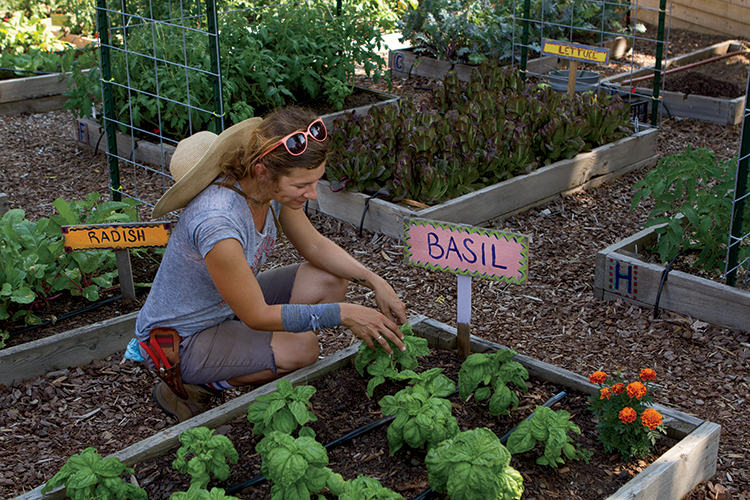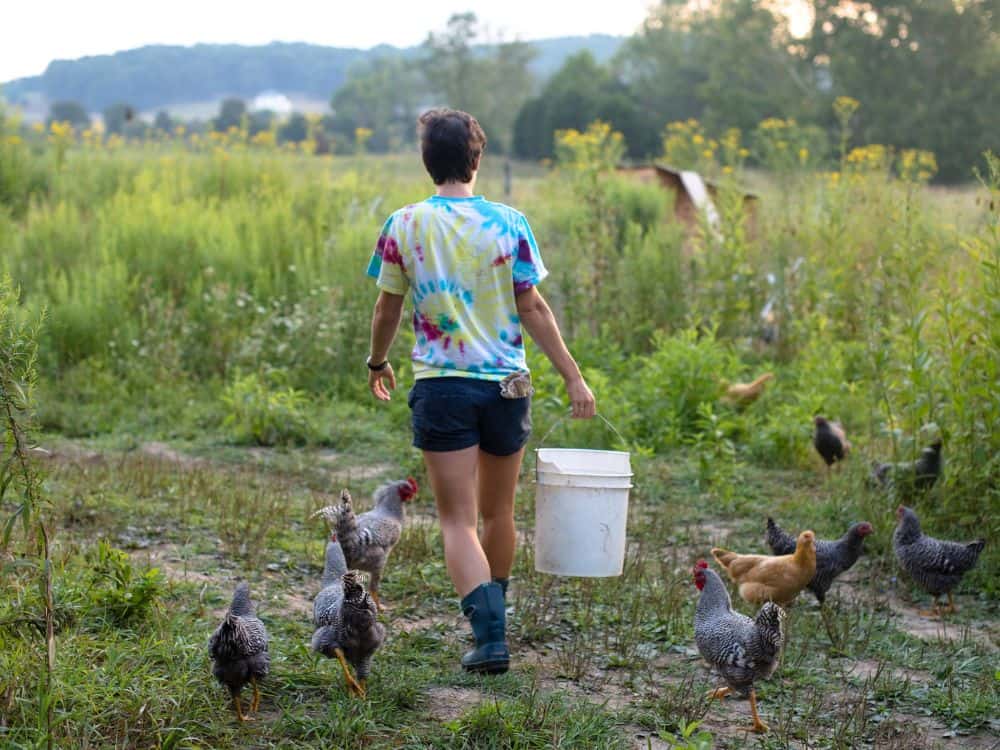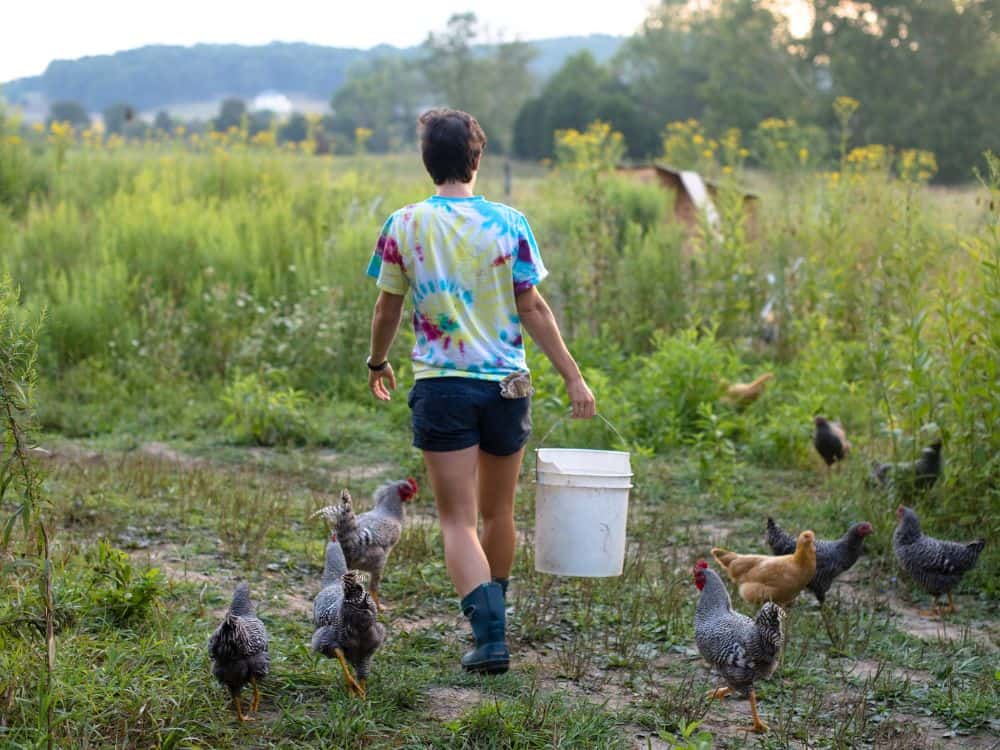Sustainable living is a lifestyle that prioritizes self-sufficiency and eco-friendliness. It involves reducing your ecological footprint by being mindful of your consumption habits and reducing waste. Homesteading is an excellent way to adopt sustainable living practices that contribute to long-term environmental sustainability. In this blog post, we will provide you with some essential homesteading tips that can help you achieve sustainable living.
1. Start with a plan
To start homesteading, you need to have a clear idea of what you want to achieve. Consider the size of your property, the resources available to you, and the type of lifestyle you wish to lead. Think through what your goals are, what you want to produce, and how you plan to consume it. This will help you set a realistic plan of action.
2. Adopt sustainable farming practices
Farming is a critical aspect of homesteading. Sustainable farming practices include using organic materials such as compost, manure, and green manure. These materials enhance soil fertility, which, in turn, leads to more significant yields. In addition, consider alternative farming methods such as permaculture, crop rotation, and agroforestry as they promote soil and ecological health.
3. Prioritize sustainable water use
Water is essential in homesteading for irrigation, livestock, and household use. However, ensuring that there’s ample water supply is a constant challenge. Consider installing rainwater harvesting systems as they are a reliable and eco-friendly source of water. Additionally, you can maximize your water use by adopting low-flow fixtures and recycling greywater.
4. Reduce energy consumption
Taking steps to reduce energy consumption can significantly contribute to sustainable living. Simple measures such as unplugging electrical devices when not in use, using energy-efficient light bulbs, and investing in solar or wind power systems can help reduce your carbon footprint. Besides, investing in insulation can help maintain optimal temperature control in your home, reducing the need for heating and cooling.
5. Practice responsible waste management
Waste management is an integral part of sustainable living and homesteading. Start by reducing your waste by composting organic materials and avoiding disposable items. Additionally, recycle or repurpose as much as possible to minimize your environmental impact. Pay attention to hazardous waste, such as batteries and electronic equipment, and dispose of them responsibly.
In conclusion, sustainable living can be both fulfilling and rewarding through homesteading. By adopting sustainable practices such as those mentioned above, you can contribute to environmental sustainability while enjoying a self-sufficient lifestyle. Start small and focus on implementing one change at a time and gradually transition to sustainable living.











